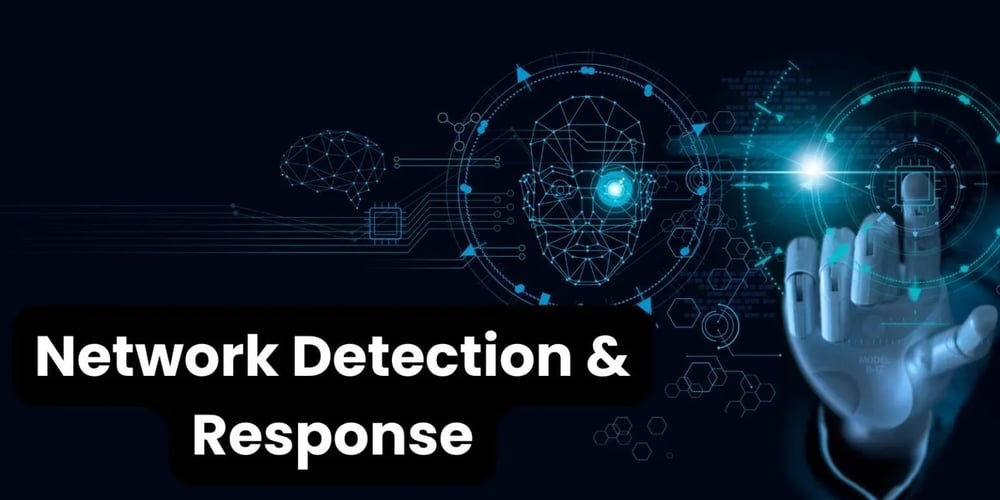In today’s threat landscape, the speed at which an organization detects and responds to cyber incidents often determines the scope of damage. Every minute counts—from the first signs of suspicious activity to full containment and remediation. While traditional Intrusion Detection Systems (IDS) have long served as the frontline for spotting network anomalies, Network Detection and Response (NDR) has emerged as a more advanced and holistic approach. One of the key differentiators between these two technologies lies in time-to-remediation (TTR)—the time it takes from identifying a potential threat to fully mitigating it.
This article explores how NDR stacks up against traditional IDS when it comes to TTR benchmarks, why the difference matters, and how organizations can use these insights to improve their cybersecurity posture.
Why Time-to-Remediation Matters
A cyberattack unfolds in stages—initial intrusion, lateral movement, privilege escalation, data exfiltration, and potentially, disruption or ransom demands. The longer attackers go undetected, the more entrenched they become within the network.
- IBM’s Cost of a Data Breach Report notes that breaches with longer dwell times cost millions more in damages.
- Mean Time to Detect (MTTD) and Mean Time to Respond (MTTR) are key performance indicators (KPIs) in modern SOC operations.
- Faster TTR directly correlates with reducing financial loss, reputational damage, and regulatory exposure.
Thus, measuring how different technologies impact remediation speed is essential.
Traditional IDS: Detection without Context
Strengths:
- Monitors network traffic for known signatures and suspicious patterns.
- Provides basic alerting for policy violations, malware signatures, or anomalies.
- Relatively lightweight and easy to deploy.
Limitations for TTR:
- Alert Overload: IDS generates a high volume of alerts, many of which are false positives. Analysts spend significant time triaging rather than remediating.
- Limited Context: IDS alerts often lack the forensic detail needed to understand the full scope of an attack. This forces analysts to gather additional data before acting.
- No Built-in Response: IDS primarily detects threats—it does not provide automated investigation or remediation capabilities.
- Benchmarks: Studies show traditional IDS systems can leave teams with average TTR ranging from days to weeks, depending on SOC maturity.
NDR: Speed through Visibility and Automation
NDR goes beyond detection by integrating AI-driven analytics, behavioral modeling, and automated response. Instead of just flagging anomalies, NDR provides actionable context and orchestrates containment.
Strengths:
- Comprehensive Visibility: NDR inspects east-west and north-south traffic, uncovering stealthy lateral movements that IDS often misses.
- Machine Learning & Behavioral Analysis: Identifies unknown threats without relying solely on static signatures.
- Contextual Alerts: Correlates network events, user behavior, and asset data to produce fewer, higher-fidelity alerts.
- Automated Response: Many NDR platforms integrate with firewalls, SIEM, and SOAR solutions to automate containment actions.
- Benchmarks: Mature NDR deployments can reduce TTR from weeks to hours—or even minutes in cases of automated containment.
Comparing TTR Benchmarks: IDS vs NDR
| Capability | Traditional IDS | NDR (Network Detection & Response) |
|---|---|---|
| Detection Speed | Seconds to minutes for signatures | Seconds to minutes (with AI for unknown threats) |
| Alert Fidelity | Low (many false positives) | High (context-rich, correlated alerts) |
| Investigation Time | Hours to days (manual triage) | Minutes to hours (automated enrichment) |
| Containment & Response | Manual, via other tools | Semi-automated to fully automated |
| Average TTR Benchmark | Days to weeks | Hours to minutes |
Real-World Impact: Faster TTR with NDR
- Ransomware Prevention: An IDS may detect initial malicious traffic, but response teams need to manually verify and act. By then, ransomware can encrypt critical systems. With NDR, anomalous encryption patterns or C2 traffic are flagged with context, enabling automatic isolation before encryption spreads.
- Insider Threats: Traditional IDS struggles to spot credential misuse or insider lateral movement. NDR benchmarks show faster remediation because behavioral baselines make anomalies stand out immediately.
- Cloud and Hybrid Environments: IDS systems were designed for perimeter defense, making them less effective in dynamic environments. NDR reduces TTR in cloud workloads by continuously monitoring east-west cloud traffic and automating remediation through API integrations.
Strategic Takeaways
- NDR slashes TTR dramatically compared to IDS by reducing false positives, providing deeper context, and enabling automation.
- IDS is not obsolete—it still provides valuable perimeter detection—but without NDR, organizations face longer dwell times and slower incident handling.
- Benchmarks show that combining NDR with SIEM, SOAR, and EDR creates a layered defense where TTR is minimized across the attack lifecycle.
Conclusion
In cybersecurity, speed is everything. Traditional IDS alerts organizations to potential intrusions but leaves much of the heavy lifting—investigation, correlation, and response—to human analysts. This results in longer time-to-remediation, giving adversaries room to maneuver.
NDR, on the other hand, augments detection with contextual intelligence and automated response. Organizations adopting NDR report significant reductions in TTR—from weeks down to hours or even minutes—closing the window of opportunity for attackers.
As threats grow more sophisticated, moving beyond detection toward fast, intelligent remediation is no longer optional. NDR provides the benchmark for the future of agile, resilient cybersecurity defense.



